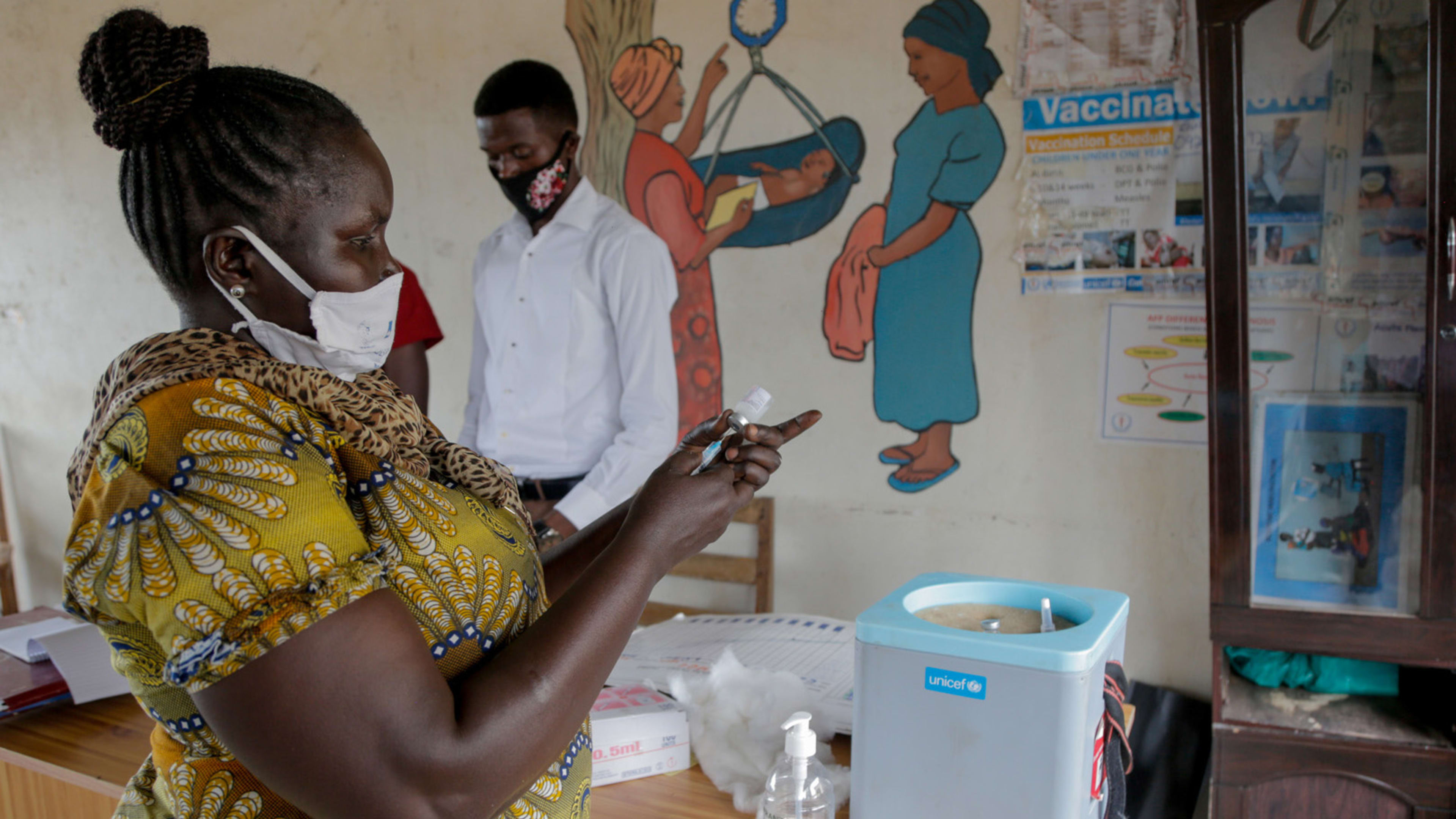When a COVID-19 vaccine is approved for use, one of the next major challenges will be logistical: How do you distribute billions of doses around the planet, including to remote corners of the world that lack reliable electricity, when the vaccine has to stay refrigerated to be effective?
As part of the preparation, UNICEF is mapping out a network of refrigerators and cold storage rooms across the developing world—and helping put new equipment in place, including tens of thousands of refrigerators that run on solar power. Other groups, like the International Rescue Committee (IRC), are focusing on preparing healthcare workers to administer the vaccine.
“For a situation of this size, where so many countries need to launch a vaccine at the same time for so many people, it’s a huge undertaking,” says Dr. Mesfin Teklu Tessema, who leads the health unit for the IRC. “And unless everyone is protected, no one is safe.”

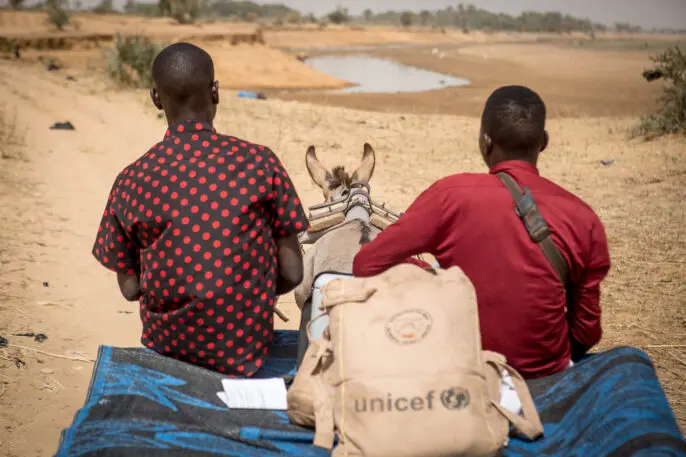
In remote areas, the healthcare worker in charge of vaccinations may have to carry the vaccines on the back of a motorbike or on a bicycle, horse, or boat. (The first rollout of vaccines, which will prioritize healthcare workers, should be easier to deliver than later stages in the most remote regions.) At each stage, the vaccines have to be monitored to make sure they’re not getting too warm.
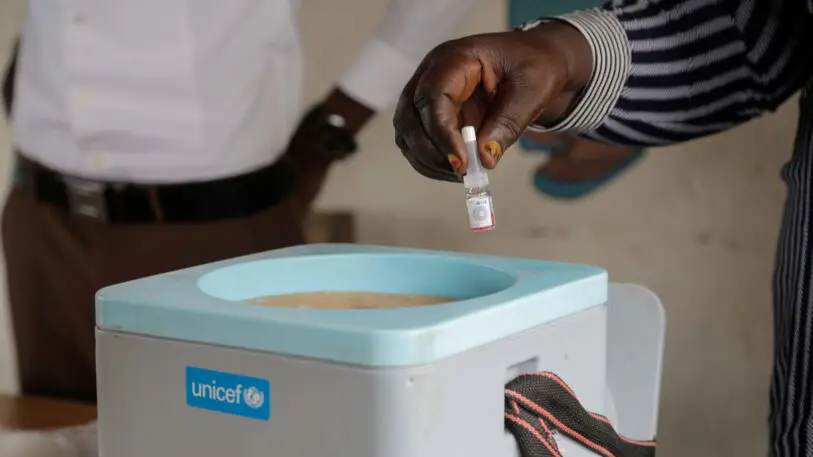
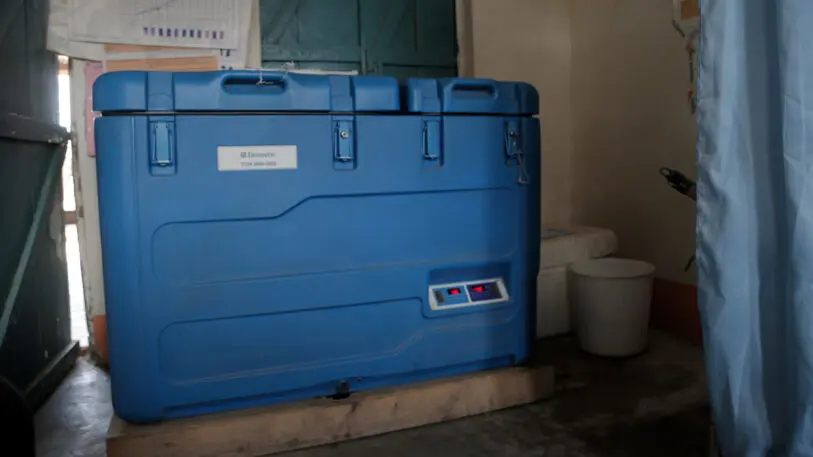
Larger cold storage rooms that run on solar power are also expected to soon be approved for use by the World Health Organization, though they aren’t in place yet. UNICEF also works to help clinics install more conventional refrigerators and cold storage rooms in some areas. The agency is currently working with countries to map out available refrigeration in detail—from hospitals to private labs and other sites—and plan where new infrastructure needs to be added.
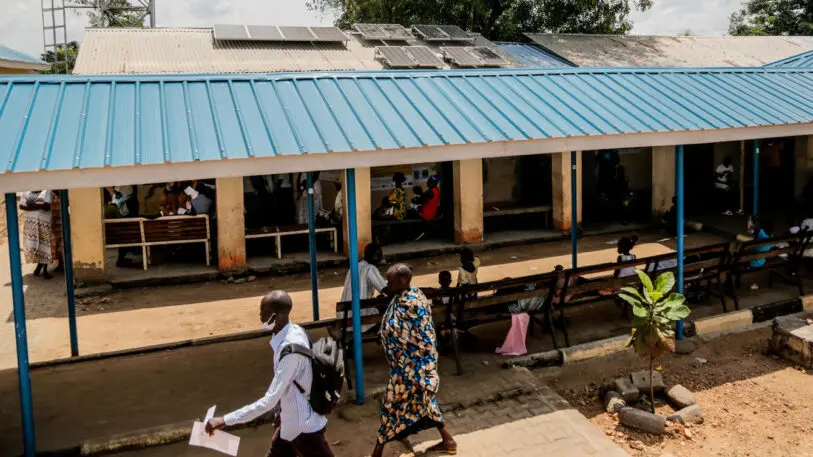
The existing network for storing childhood vaccines is critical, though success will also depend on which vaccines are approved. Some vaccines, like one in development from Johnson & Johnson, can be kept at 2 to 8 degrees Celsius. Others, like Pfizer’s promising mRNA vaccine, have to stay at ultralow temperatures of minus 70 or minus 80 degrees Celsius.
“That kind of cold chain currently doesn’t exist anywhere in the places where we work,” says the IRC’s Tessema. “So it’s going to be a huge challenge to deliver this vaccine. In many of these countries, the infrastructure has to be built up from the bottom, both at the national level or regional distribution, as well as the local distribution chain.” Still, it’s also possible that a vaccine that doesn’t require refrigeration will eventually succeed. Pfizer is working on a powdered version of its vaccine, which will utilize standard refrigeration.
One of the biggest challenges now, says UNICEF’s Seidel, is trying to plan infrastructure without knowing which vaccine or vaccines will ultimately be approved and how quickly they’ll be manufactured. “At the moment, we’re working with a number of various vaccine candidates, and we’re very unsure about the quantities that are coming from the various candidates and what temperature ranges they can be stored at, and this makes planning exceptionally difficult from a supply chain and cold-chain point of view,” she says. “Working under that type of uncertainty is quite challenging. So we have to develop scenarios, and plan under multiple scenarios, in order to be prepared.”
Recognize your brand’s excellence by applying to this year’s Brands That Matter Awards before the early-rate deadline, May 3.
